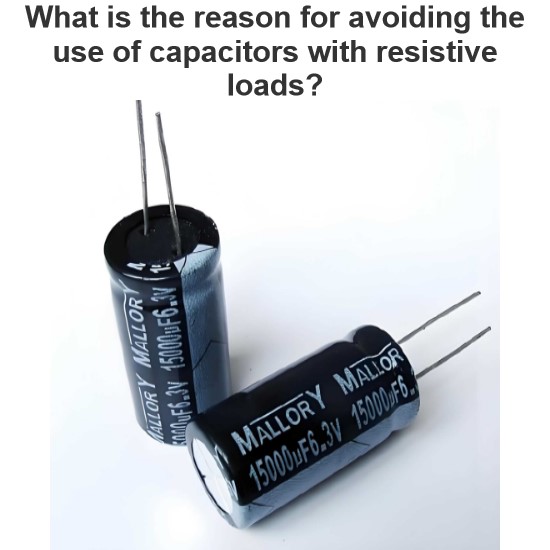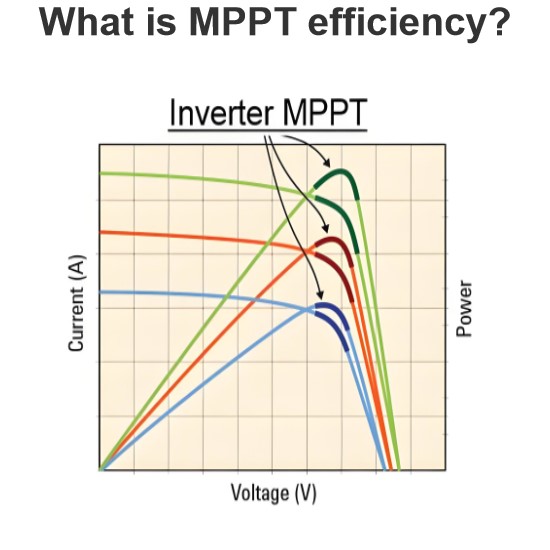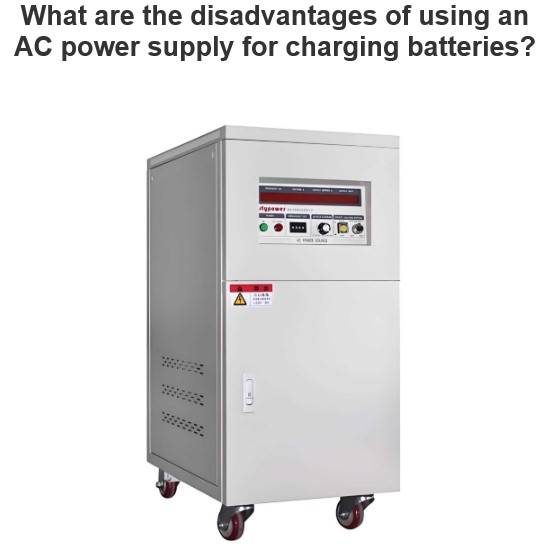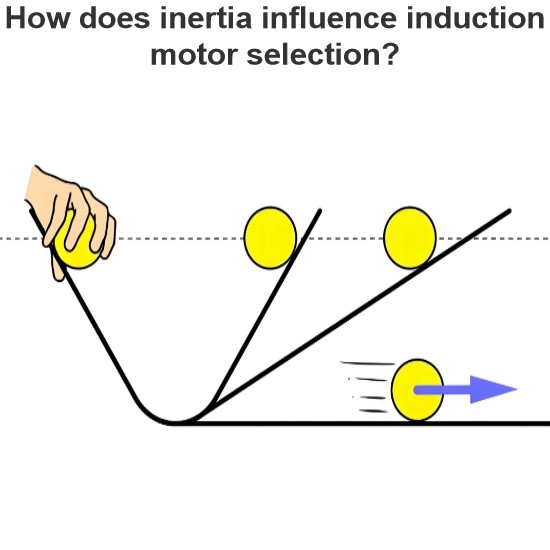What is the difference between a cold cathode and a hot cathode in discharge lamps?
The main differences between the cold cathode and hot cathode in discharge lamps are as follows:
Luminescence principle
Cold Cathode: Cold cathode lamps generate electrons through glow discharge, which bombard the cathode to produce secondary electrons, thus sustaining the discharge process. The cathode current is mainly contributed by positive ions, resulting in a small current, so the cathode remains at a low temperature.
Hot Cathode: A hot cathode lamp generates light by heating the cathode (usually a tungsten filament) to a high temperature, causing electrons on the surface of the cathode to be emitted due to thermal energy. The cathode current mainly relies on thermal electron emission, resulting in a higher current and consequently a higher cathode temperature.
Materials and Lifespan
Cold Cathode: Cold cathodes are typically made of pure metal sheets and do not have the issue of poisoning, resulting in a longer lifespan that can exceed 20,000 hours.
Hot Cathode: Hot cathodes typically employ tungsten filaments as the cathode body, coated with low work function metal oxides. Due to the potential for chemical and electrochemical poisoning of the oxide, their lifespan is generally only over 4000 hours.
Irradiation Intensity and Shape
Cold Cathode: Cold cathode lamps typically have a higher radiation intensity than hot cathode lamps, reaching more than 200uW/cm, which is more than twice that of hot cathode lamps. Additionally, cold cathode tubes can be made into various shapes, such as U-shaped, straight, O-shaped, or incense coil type, etc.
Hot Cathode: Hot cathode lamps have lower radiation intensity and typically have a more fixed shape.
Energy consumption
Cold Cathode: Due to the smaller current of cold cathode lamps and the ability to use direct current, cold cathode lamps are more energy-efficient than hot cathode lamps under the same sterilization effect.
Hot Cathode: Hot cathode lamps are relatively energy-intensive due to the higher current requirements and heating process.
Application Scenarios
Cold Cathode: Suitable for applications requiring precise shapes and high energy efficiency, such as portable disinfection devices like mobile phone sanitizers, toothbrush sanitizers, and disinfection packs.
Hot Cathode: Suitable for applications requiring high-intensity radiation and stability, such as general lighting and certain industrial applications.
In summary, cold cathodes and hot cathodes exhibit significant differences in terms of luminous principles, material selection, lifespan, irradiation intensity, shape, energy consumption, and application scenarios. These disparities make them suitable for different application domains.
The Electricity Encyclopedia is dedicated to accelerating the dissemination and application of electricity knowledge and adding impetus to the development and innovation of the electricity industry.




